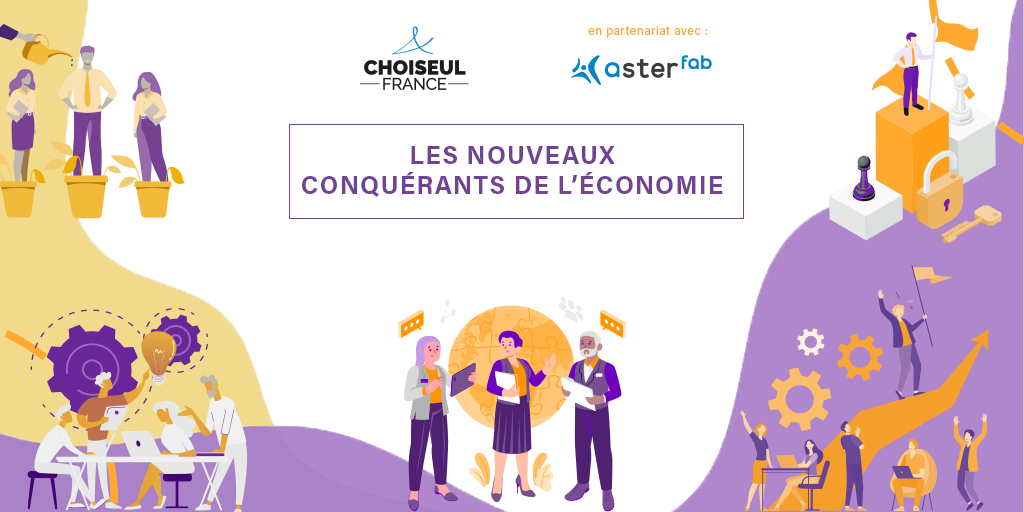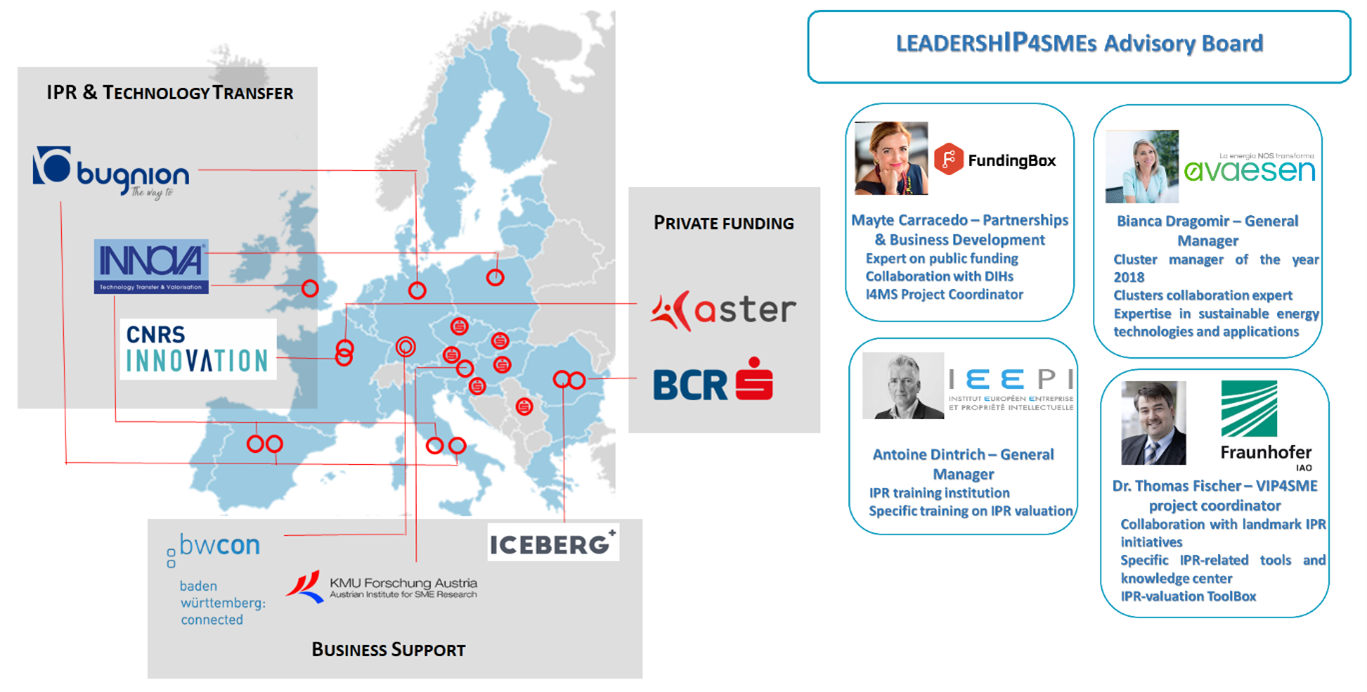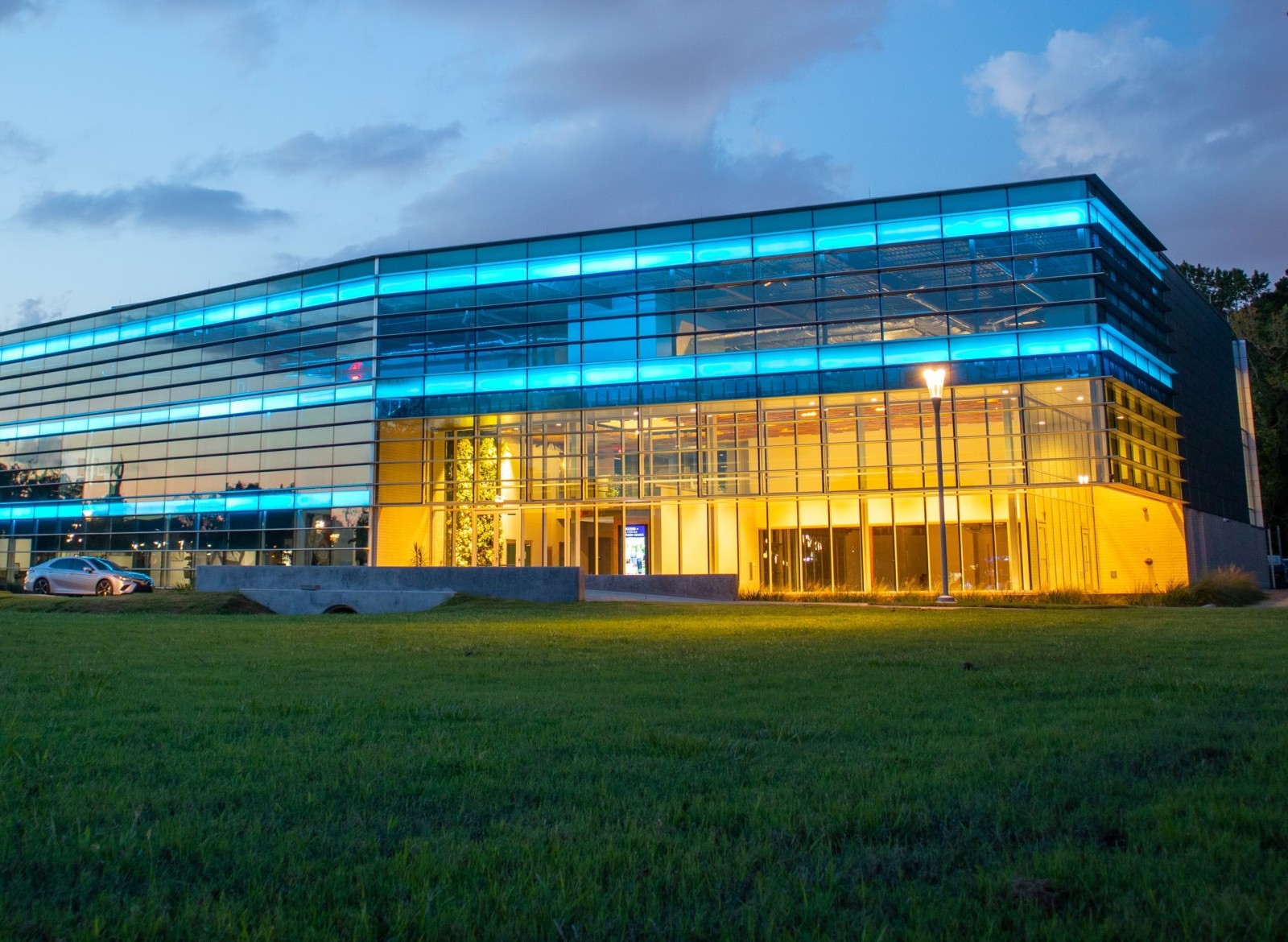Context
Industries are facing increasing pressure to reduce their carbon footprint swiftly.
Conducting a carbon footprint assessment is a starting point, as it allows to amount the company’s greenhouse gas emissions (GHG), compare them to established benchmarks and devise a robust decarbonization trajectory.
Aster Fab was missioned to conduct the company’s carbon assessment (scope 1, scope 2 & scope 3) and support in the establishment of their decarbonization trajectory.
Mission
- Definition of the organizational perimeter and operational scope
- Data collection carried out in coordination with the client-side data collector (scope 1, scope 2, scope 3)
- Formulation of assumptions for missing emission factors
- Emission calculation and input of data into a structured table
- Creation of graphs to highlight the most important sources of emissions
- Recommendations on the action levers to reduce the carbon footprint and establishment of the client’s decarbonization trajectory










